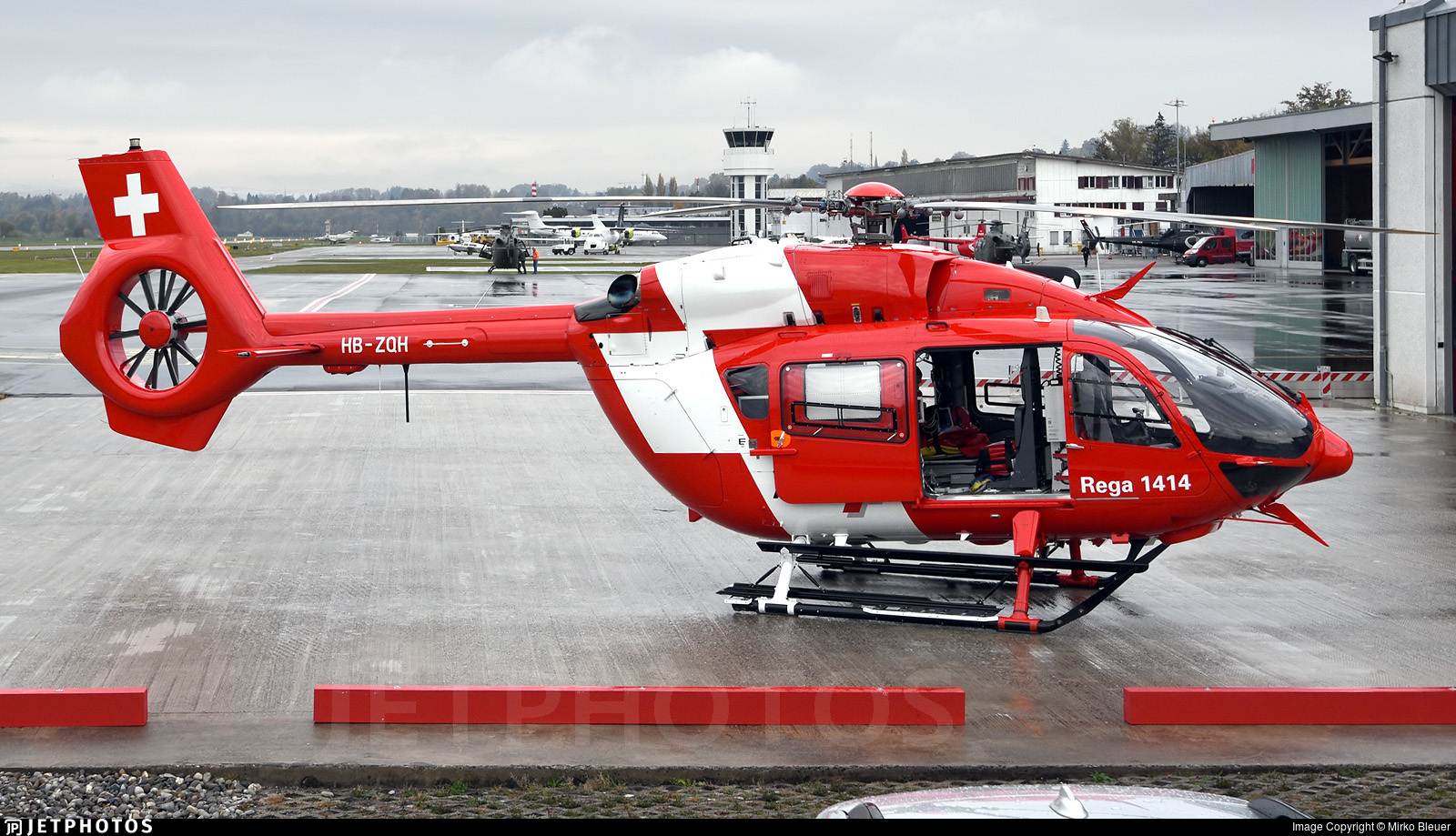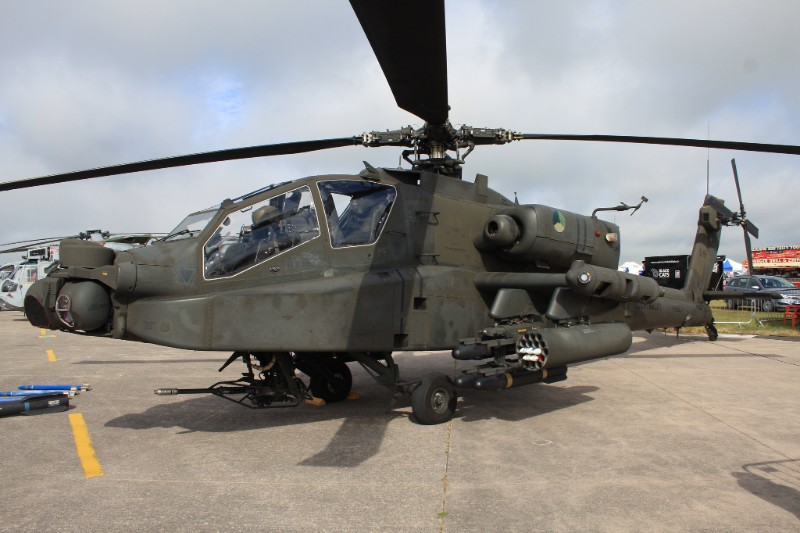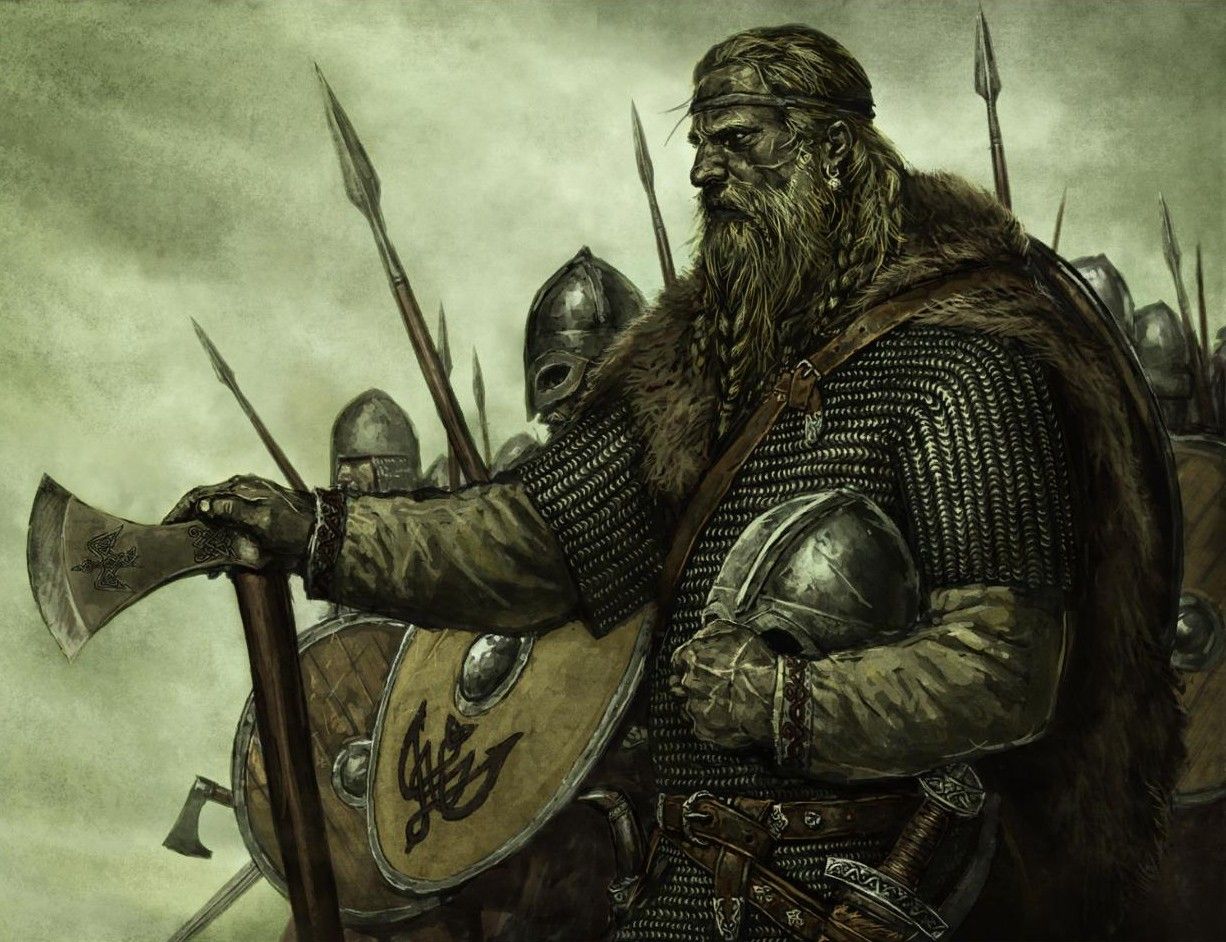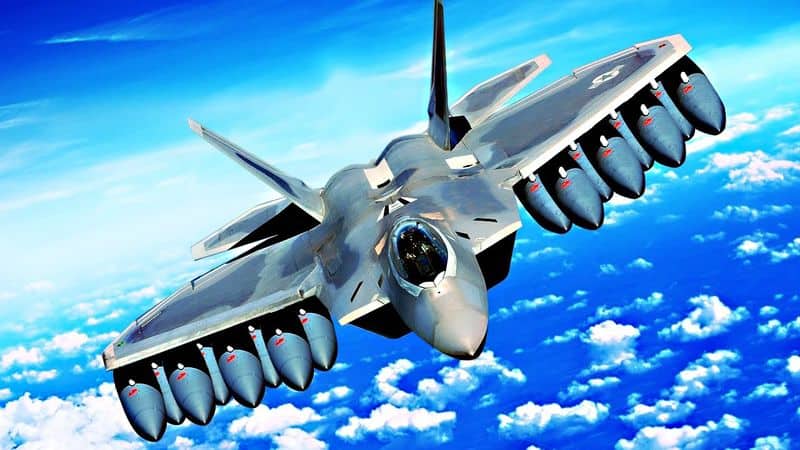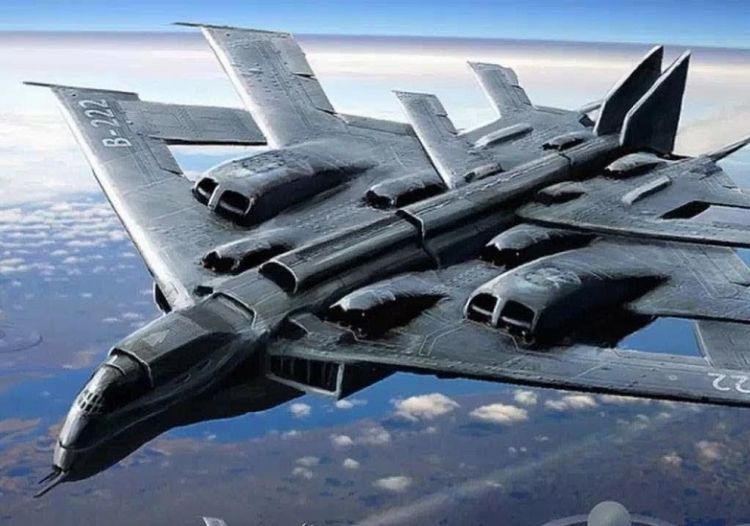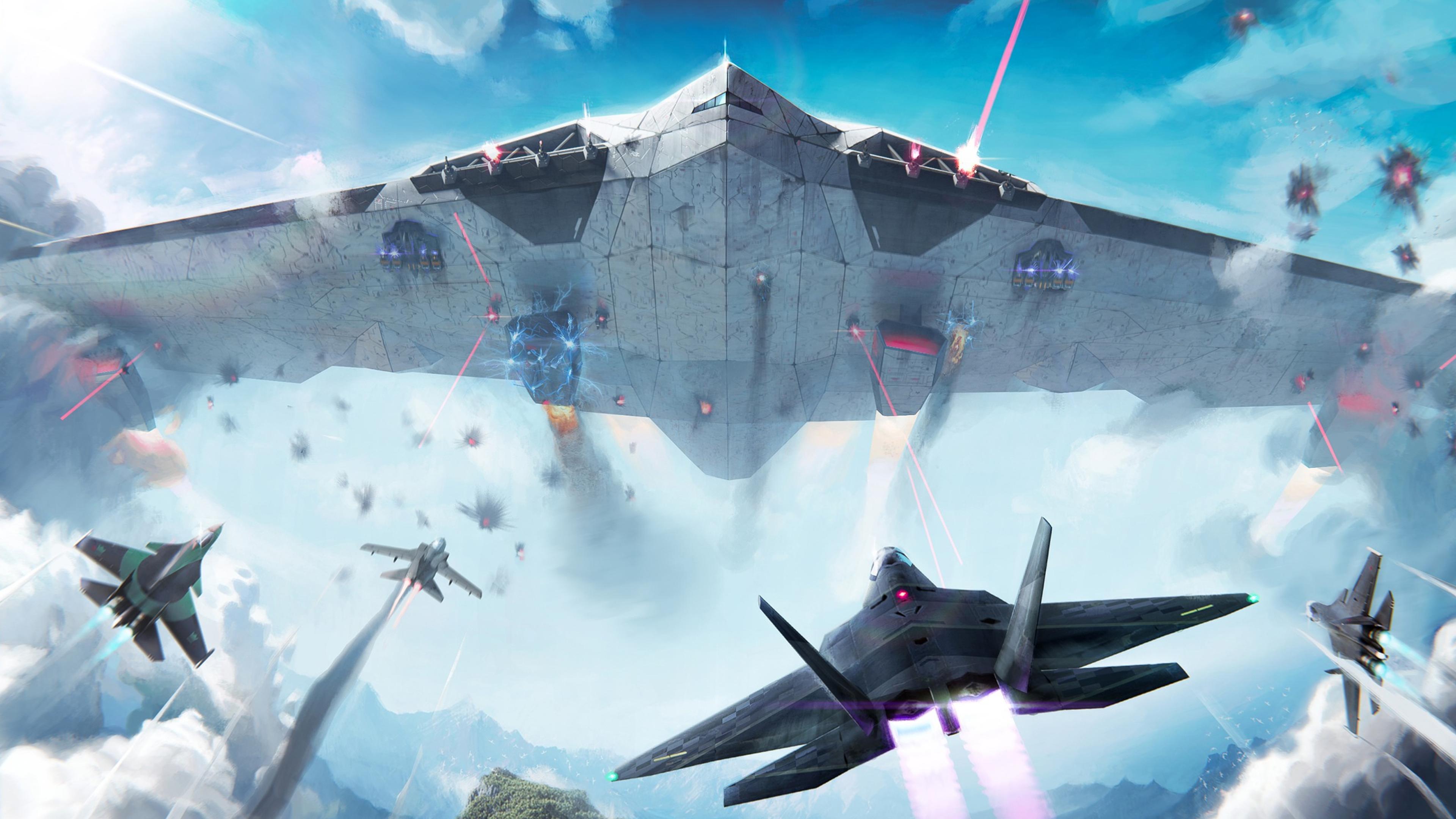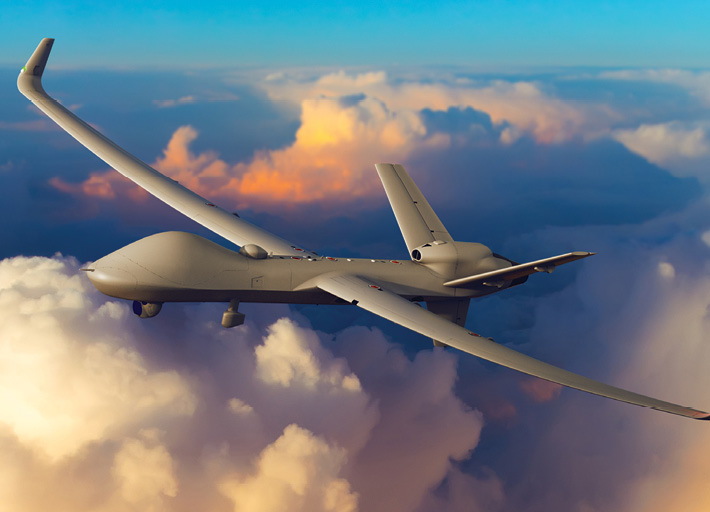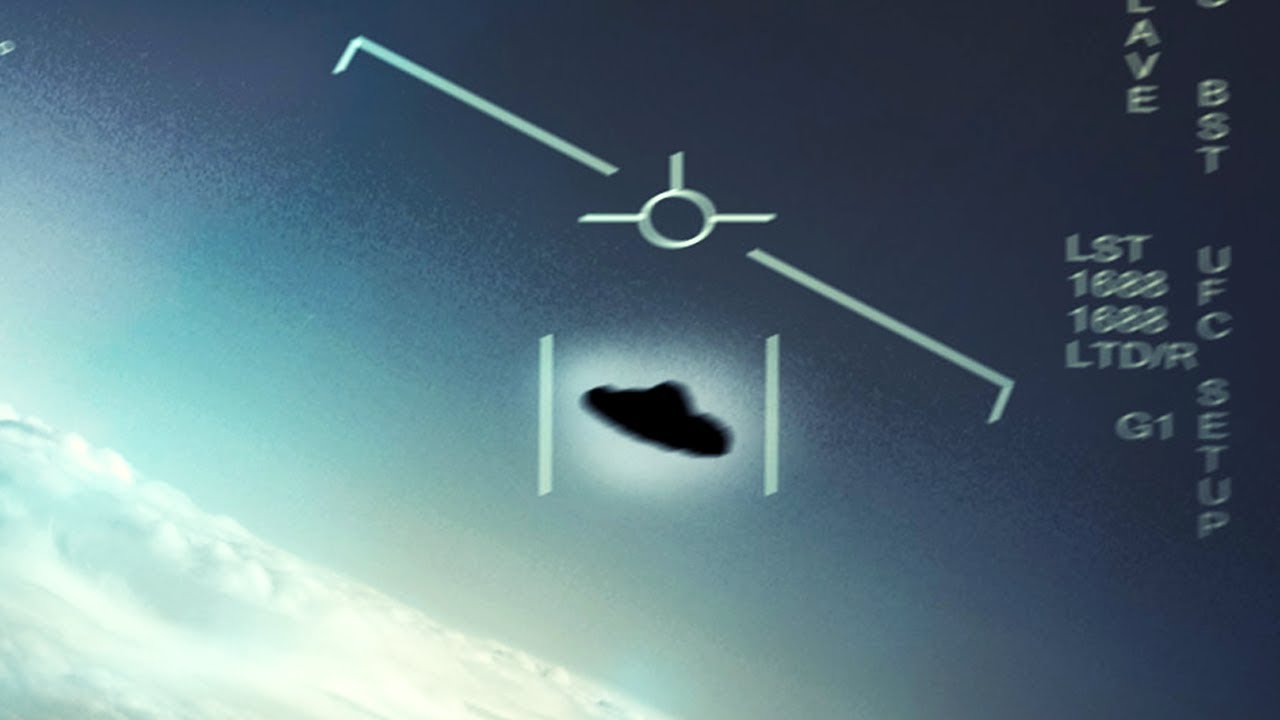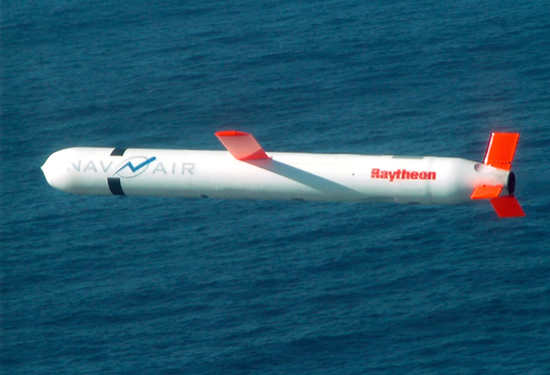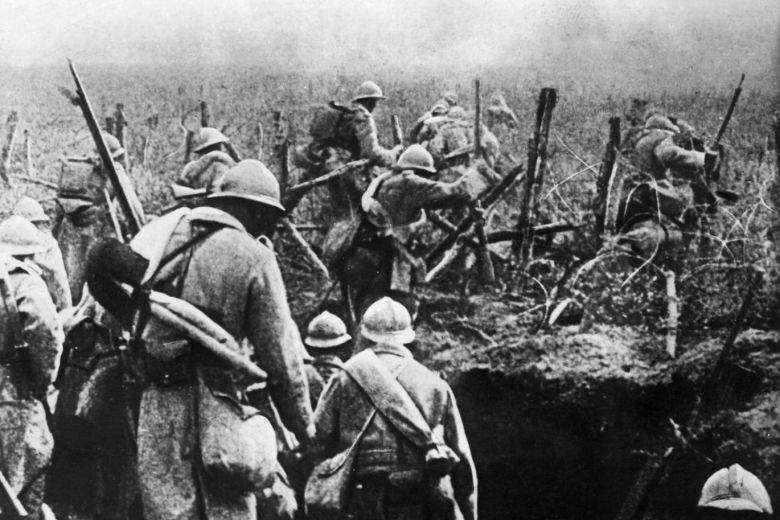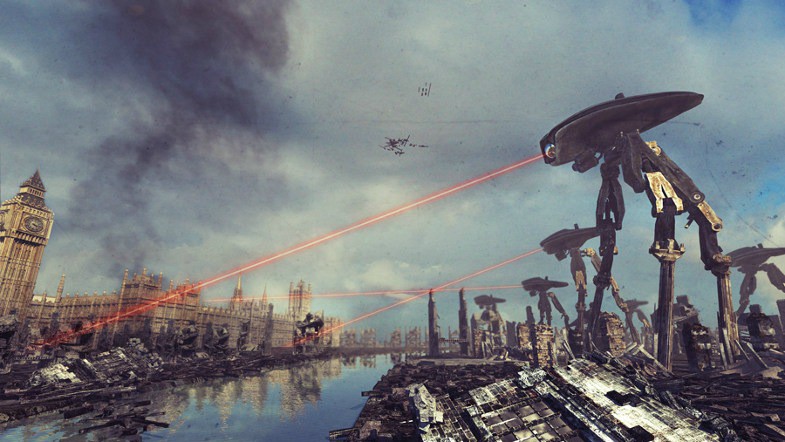No runway, no problem—have helicopter, will travel! Igor Sikorsky (1889–1972), father of the modern chopper, had no doubt at all about the brilliance of this amazing, flying machine, which he said was the closest thing to "fulfillment of mankind's ancient dreams of the flying horse and the magic carpet." Jet planes are wonderful for screaming us from one side of the planet to the other. But when it comes to tricky rescue missions—plucking stranded sailors from the sea, hurling tubs of water onto forest fires, plucking engineers off wind turbines, dashing the critically injured to hospital—nothing beats a chopper. According to science historians, inventors had been trying to develop flying machines with spinning rotors for over 2000 years before Sikorsky finally built the world's first practical helicopter in 1939. Why did it take so long? Because helicopters are incredibly complex machines—miracles of intricate engineering that take real skill to fly. How exactly do they work? Let's take a closer look!



